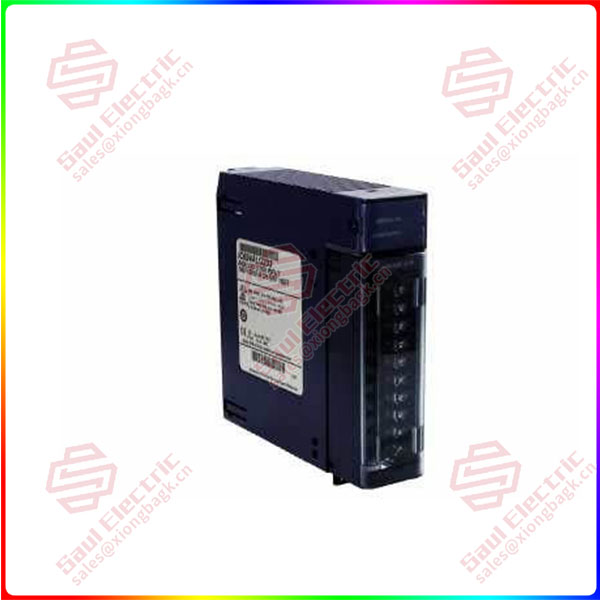Growth continues
The increasing demand for security and ease of use in industrial automation are the major factors currently stimulating the continued growth of the collaboration market. Collaborative robots that can not only ensure safe factory operations, but also achieve faster production changes and break the limits of product repeatability are undoubtedly a solution worth looking forward to. At the same time, the automation and simplification of applications has become a key part of robotics development in the coming years, and the advantages of collaborative robots in this area are even more obvious.
Prior to this, the capital was concerned about the mass application of collaborative robots. At present, the industrial field has been able to achieve large scale mass use of collaborative robots. In particular, small and medium-sized enterprises in these fields have a growing demand for lower-cost collaborative robots under the urgent employment needs, and these enterprises, which are more sensitive to ROI, quickly choose to increase the investment in manufacturing process automation with collaborative robots, which promotes the development of the collaborative robot market. Because cobots are able to share space with employees and collaborate on tasks, this will undoubtedly increase productivity faster than industrial robots that require fences.
Years of practice have shown that collaborative robots equipped with cutting-edge sensors and software are revolutionizing human-computer interaction. They perform exceptionally well in the smart component assembly, electronic product assembly and packaging industries, further driving market expansion. The market is also witnessing the possibility of cobots breaking through higher payload capacity, which is contributing significantly to their growth trajectory.

IC694ALG233
At present, the food and beverage industry is showing a trend of so-called high mix low volume (HMLV) production. Food and beverage producers are exploring products that fit a wider variety and are produced in smaller batches to appeal to consumer demand for a wider range of product tastes, which requires a higher level of automation to manage the ever-increasing range of products. “Since industries such as packaging require robots with high flexibility but low load requirements, it could be an ideal scenario for collaborative robots,” IDTechEx analyst Yulin Wang wrote in a report.
At the same time, because programming is easier, people can more fully and practice their imagination for robots. The cobots can be equipped with peripherals ranging from arc welders to jigs, and the end units can also be equipped with additional sensing elements, such as machine vision hardware, so that the cobots can make intelligent decisions based on what’s ahead.
Not only that, technological advances have paved the way for the development of the next generation of cobots that can sense, move, and respond to their environment, and these innovative developments for cobots are enhancing the stickiness of interactions between humans and robots, creating new avenues for market expansion.
Recently, for example, Robosculptor, a startup that uses collaborative robots to develop an advanced massage and wellness robotic system that incorporates artificial intelligence and innovative engineering into robotics, has had great success in the UAE, with a surge in prospective orders. The company believes that countless hotels and resorts in the UAE could be ideal customers for such massage robot systems in the future.
For example, in May 2023, a robot chef created by Doosan Robotics, a domestic collaborative robot manufacturer, has obtained NSF food zone certification, and Kyochon F&B, a fried chicken franchise that cooperates with Doosan, said it will continue to expand robot-related business development in the future. This has made Doosan Robots get a very warm response after the Nasdaq listing. The robot is mainly used to make noodles, fried chicken and hot dogs, and can also make a cup of Americano in 45 seconds. South Korea is also currently a high ground for innovation in the steady growth of commercial application of collaborative robots.
Shanghai Dolphin Robot Technology Company is a representative enterprise in the commercial development of collaborative robots in China. The developer offers a COFE+ co-robotic beverage stand that can make up to five cups of coffee at the same time, and the robot coffee machine takes full advantage of the versatility and size of the co-robot, the compact structure of the machine, and the ability to perform different tasks that are repeatable and precise in different locations. According to the company, the device has been exported to the United States, Germany, Australia and Southeast Asia, and it continues to explore robotic coffee and more commercial potential.
Cafe X, based in San Francisco, also uses a $25,000 six-axis collaborative robot to prepare and serve coffee to customers, and has experimented with robots that entertain and engage passers-by with pre-programmed dances when they’re not busy.
 1 Year Warranty
1 Year Warranty





